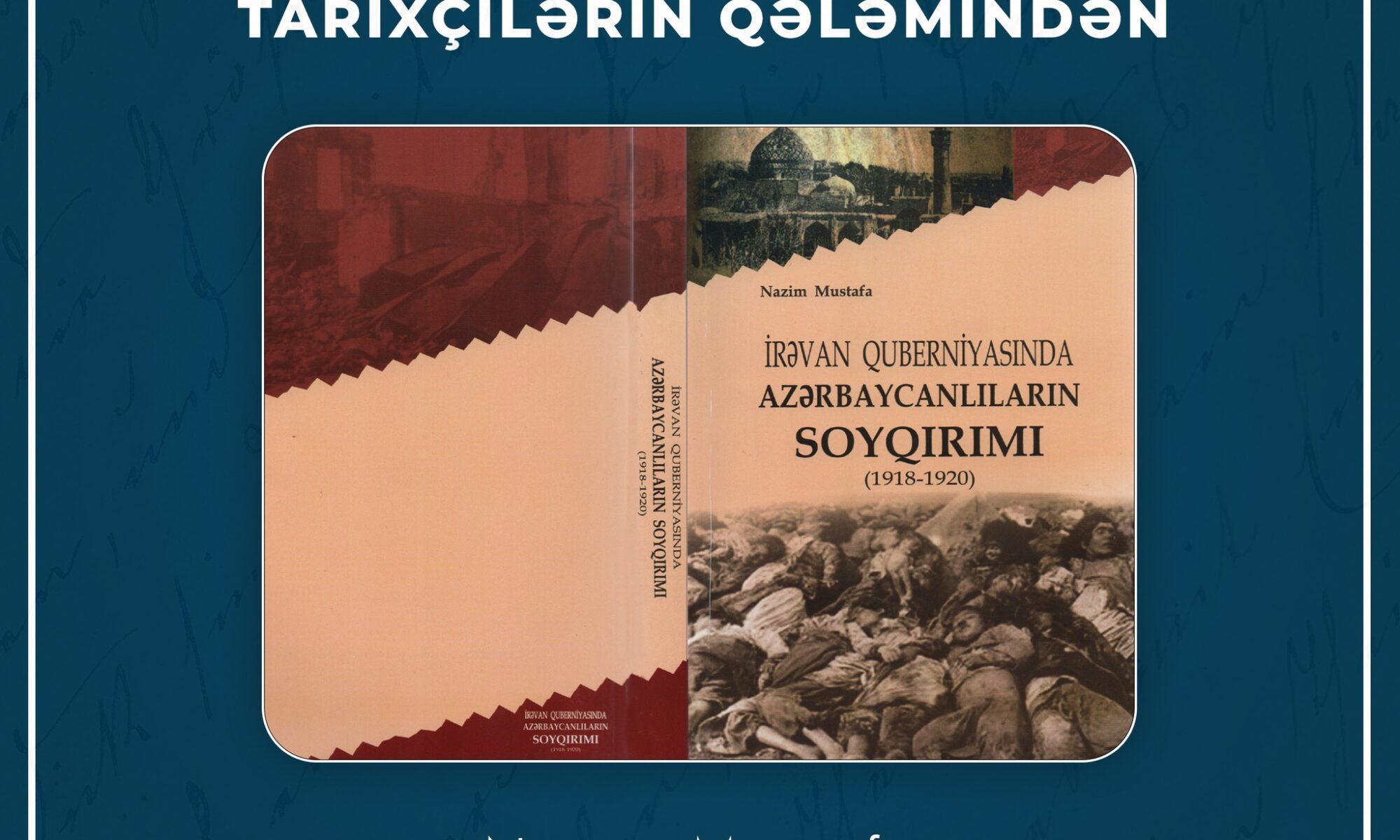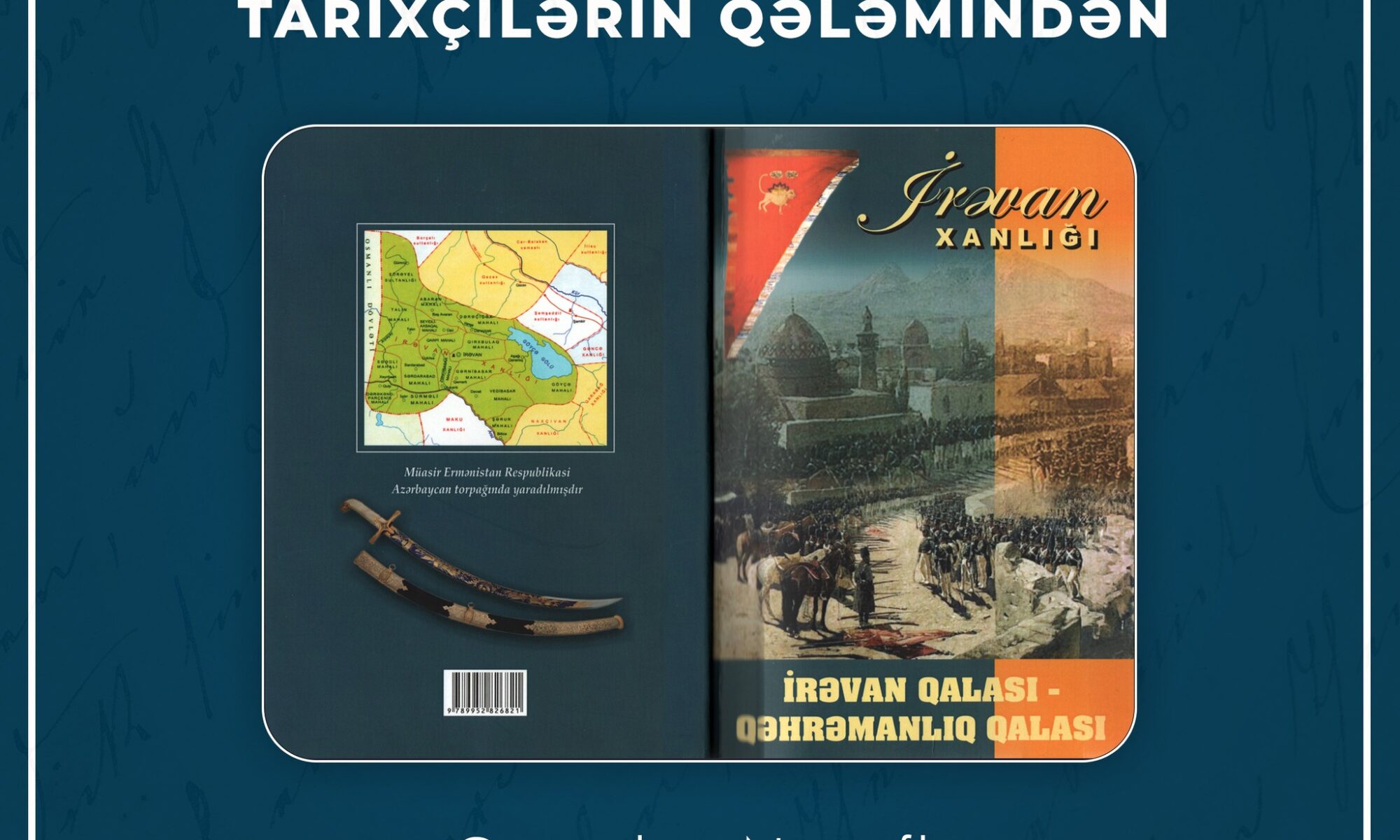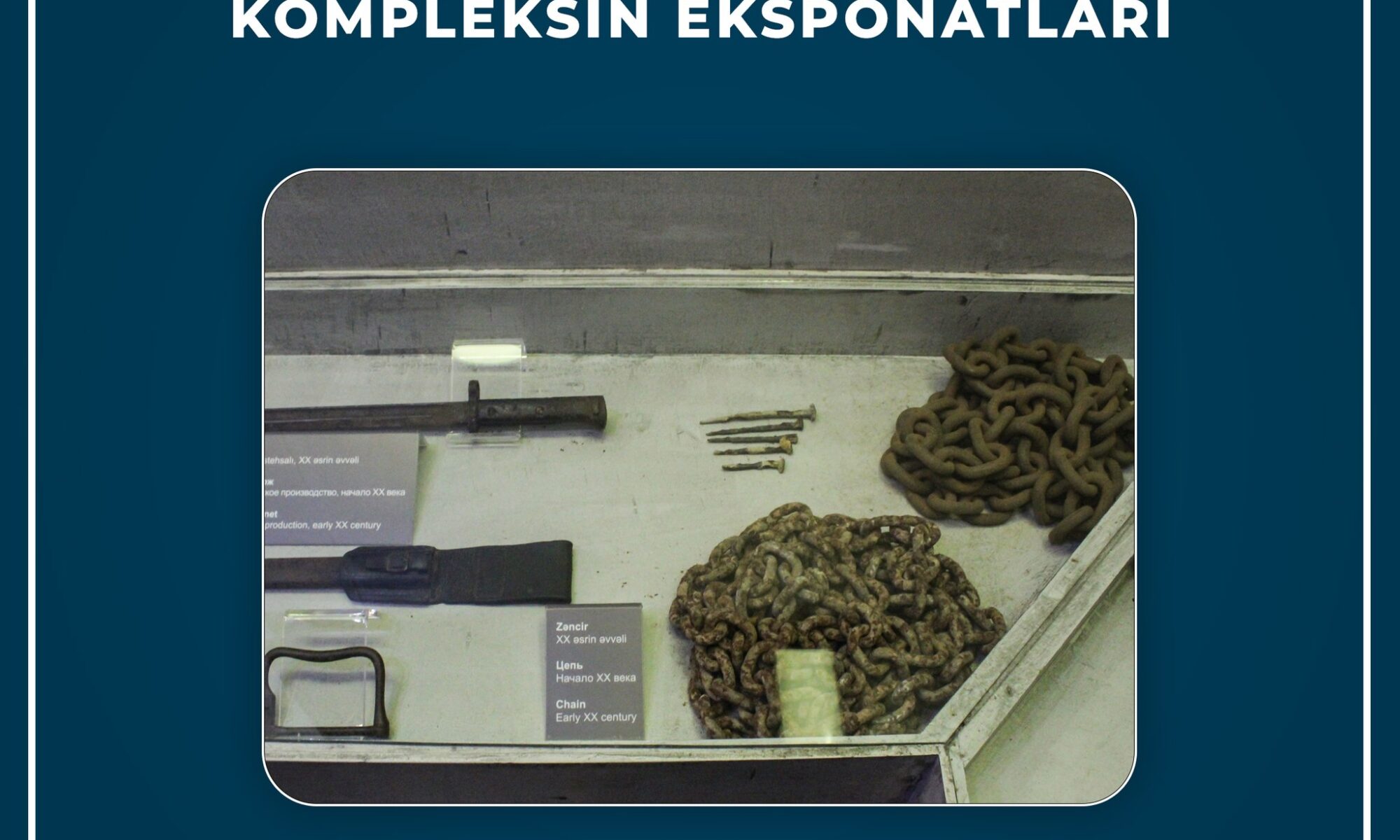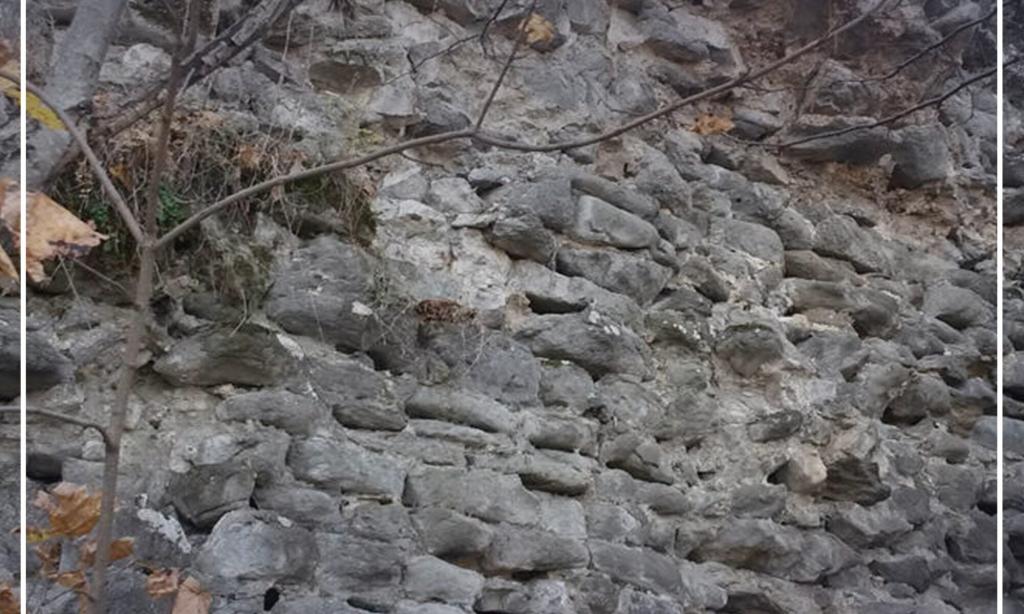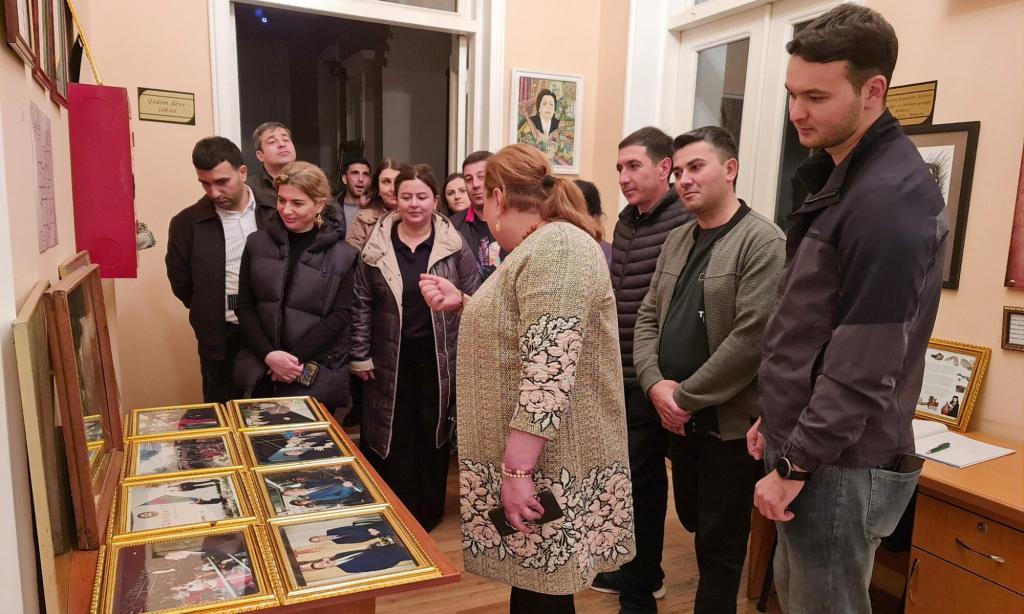
Ilham Aliyev attended Forum titled "Karabakh: Back Home After 30 Years. Accomplishments and Challenges"
“Soyqırımı” muzeyinin çıxış hissəsi “Azərbaycan” qəzetinin 1919-cu il 31 mart tarixli yazısı ilə bitir. “Ölənlərə rəhmət, qalanlara ibrət!”
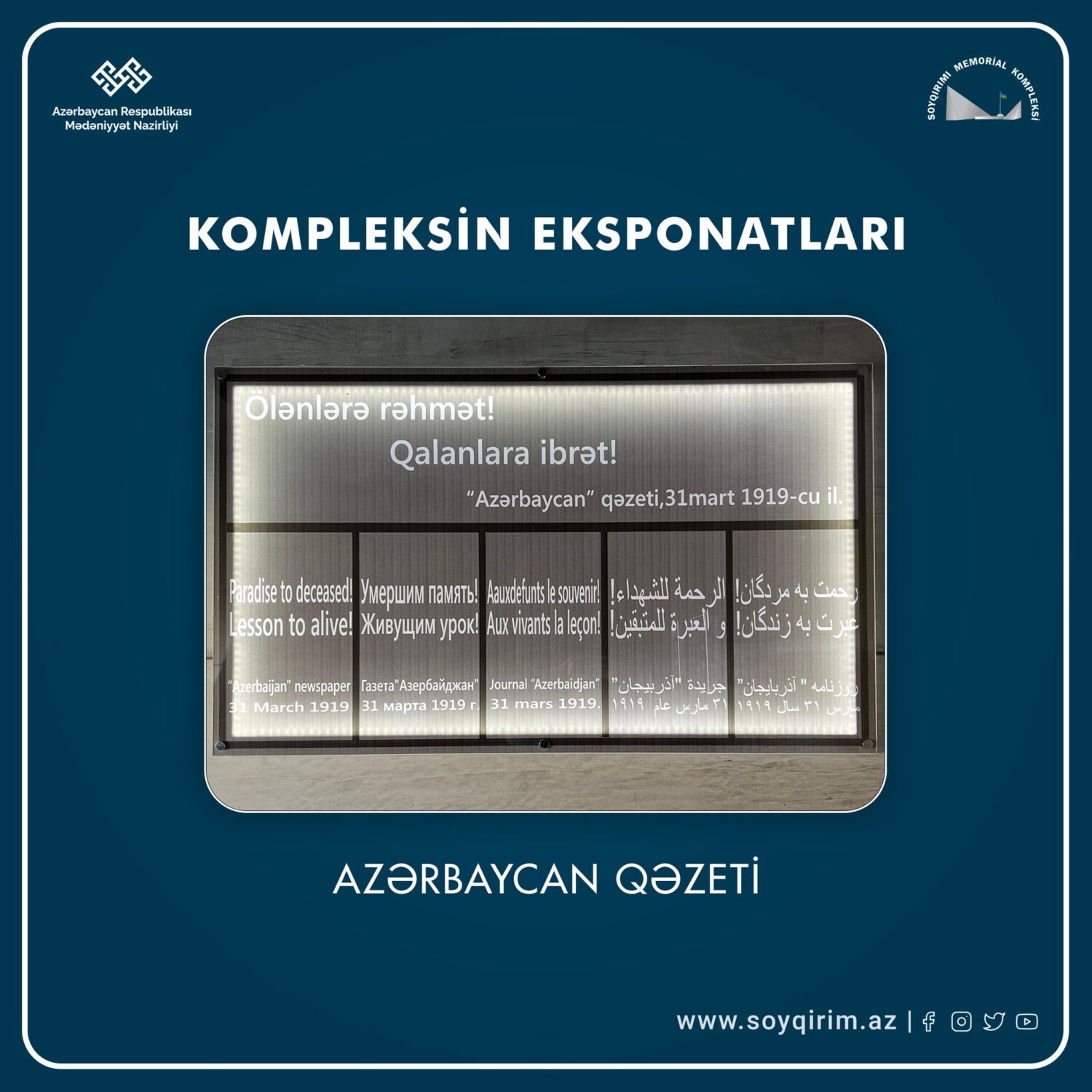
" Gazanchi Castle "

Gazanchi Castle is a historical-archaeological monument located north of Gazanchi village of Julfa region, on the shore of Alincechay. The creation of the monument is related to the name of the ancient Kas Turks who settled widely in the territory of Azerbaijan in the 3rd millennium BC. Gazanchi Castle is also associated with the name of Kazan Khan, the protagonist of the “Kitabi-Dada Gorgud” saga. The fortress, which consisted of a multi-level magnificent defense system, had a passageway between the barriers. As is likely, the Kazanchi castle was already built in BC. At the beginning of the 2nd millennium, it was the center of a large tribal community that lived in the Alincechay valley.
The fortress was blown up by Armenian engineers in 1985 under the name of dam construction.
The findings, which include stones, gray and pink clay vessels (jugs, bowls, bowls, etc.) from the ground samples collected from Gazanchi Castle, are stored in the Julfa District History and Local History Museum.
" Aza Bridge"
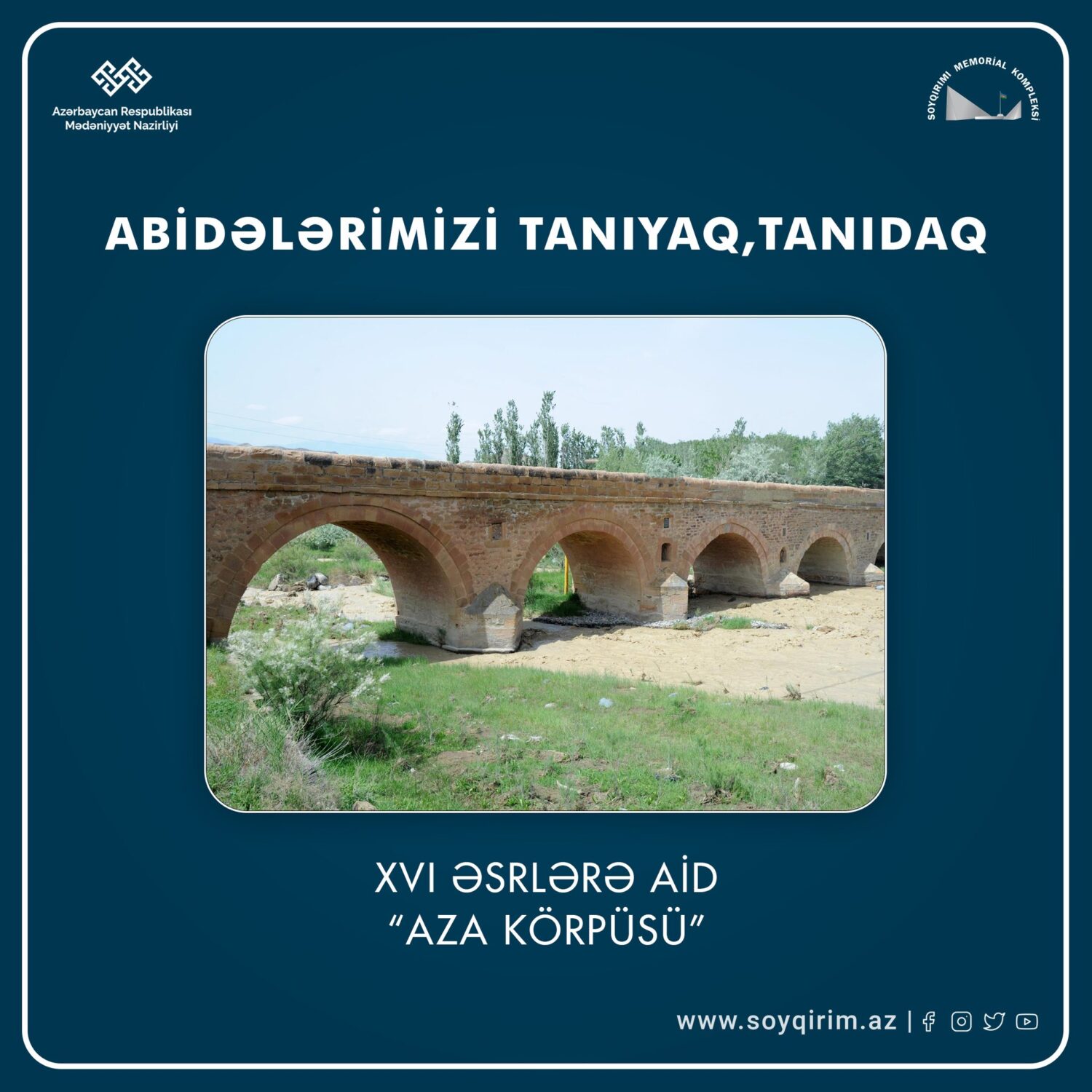
Aza Bridge is an architectural monument of the 17th century located on Gilanchay in the village of the same name in Ordubad region. Aza Bridge, located on the important trade-caravan route connecting India and China with the Black Sea coast and European countries, was built during the time of Safavid ruler Shah Abbas I (1587-1629) to facilitate the work of trade caravans moving from east to west along the Great Silk Road. Built of reddish local mountain stone, the five-span bridge is 3.5 meters wide and 46 meters long. When the bridge was built, the location was taken into account, and the distance between the arches was set in different sizes. Local products, including dried fruits, handicrafts, and silk were exported with trade caravans that passed through here. As a result of natural disasters and some historical events over the centuries, the bridge was destroyed many times and later repaired. In 1997, the bridge was thoroughly restored and rebuilt after strong flood waters washed away part of it. Currently, people and vehicles going from Nakhchivan and Ordubad to Azadken use this bridge.
According to historians

The first stage of mass massacres committed by Armenian armed groups against Azerbaijanis in Iravan governorate covers the period from the beginning of 1918 until the arrival of Turkish troops. On February 12, 1918, the Turkish army launched a counterattack, not tolerating the genocides committed by the Armenians in Eastern Anatolia. As the Armenian troops retreated from the Turkish troops, they looted the Muslim settlements and subjected their population to genocide. Until March 1918, Armenian armed groups destroyed 32 villages in Iravan district, 84 villages in Echimadzin district, 7 villages in Novo-Bayazid district, and 75 in Surmeli district – 198 villages in a row, and about 135 thousand people of our compatriots were subjected to genocide in those incidents.
Azerbaijan National Academy of Sciences Historical Institute named after A.A. Bakikhanov Nazim Mustafa genocide of azerbaijans in Iravan governance (1918-1920) Baku – 2017
Doctor of Philosophy in History—Nazim Mustafa
"The Lankaran Museum of History "




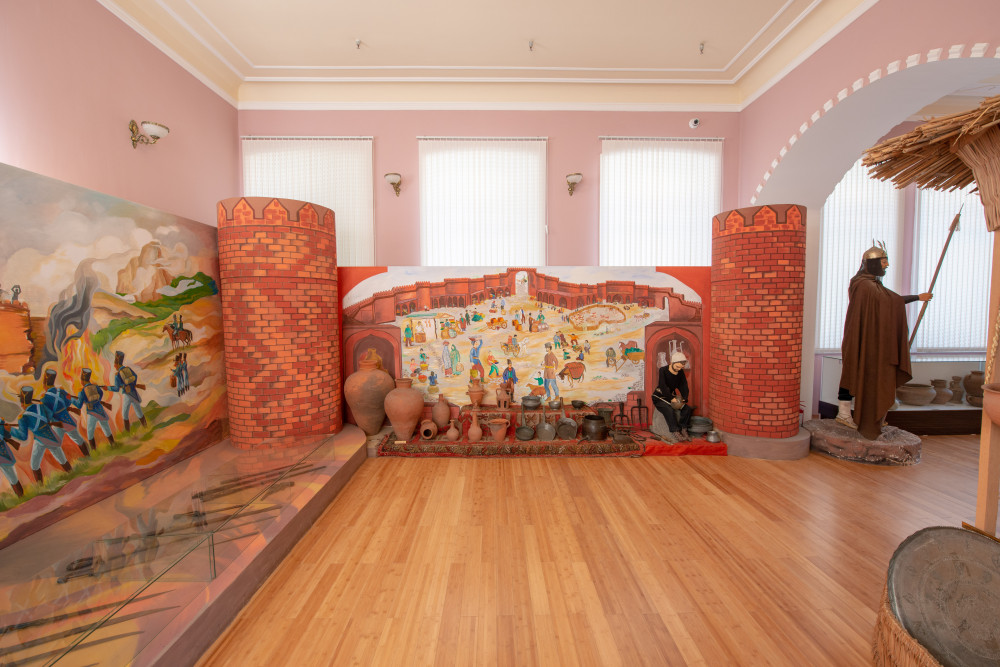
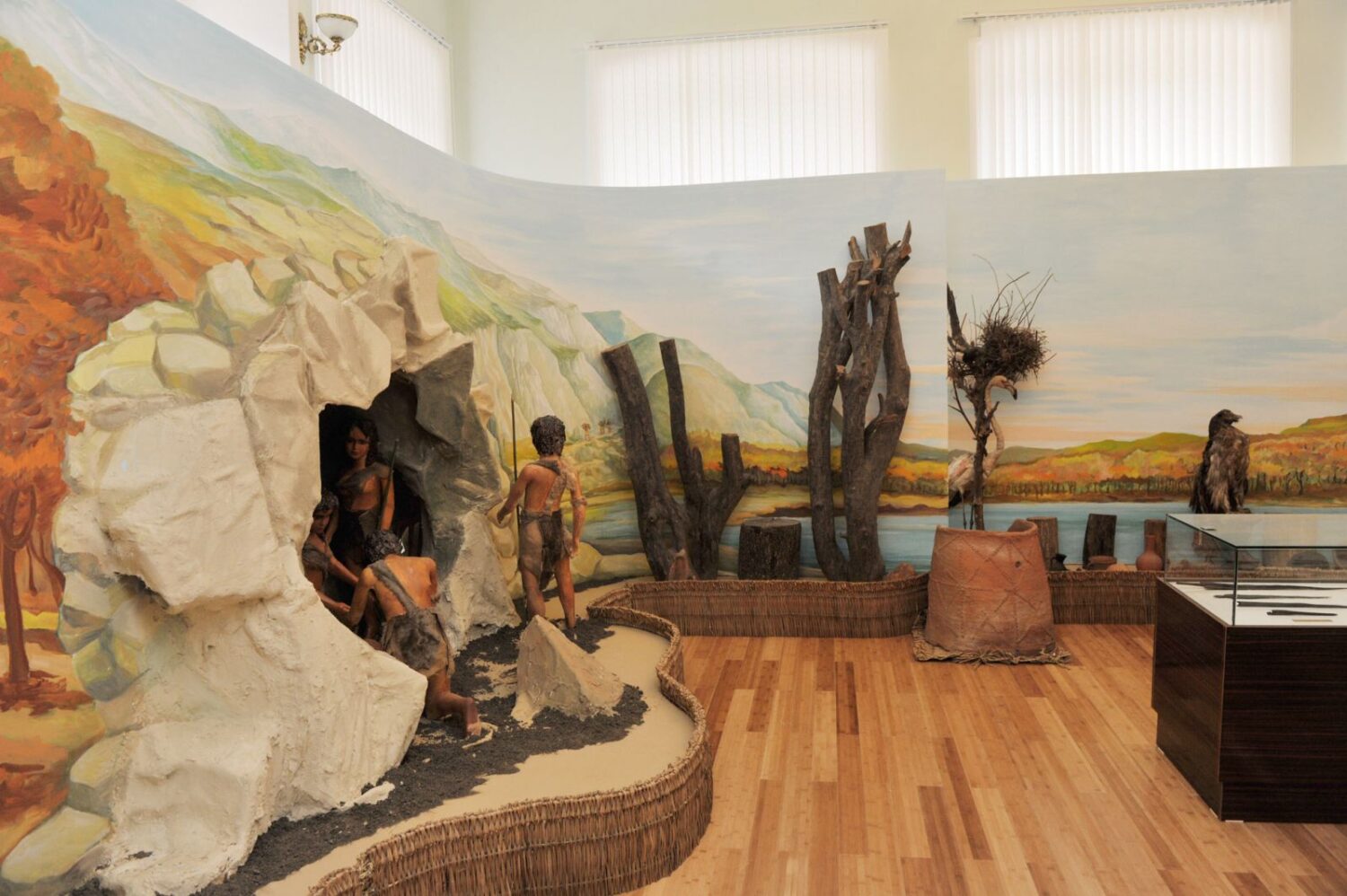
The Lankaran Museum of History and Local Studies officially began its operation in 1924. In 1991, this monument was moved to the palace of Mir Ahmad Khan and is one of the first multi-storey buildings of Lankaran. This rare building, known as Khan House, was built by Lankaran Khan Mir Ahmed Khan in honor of his wife Tugra Khanum in 1912-1913 and he lived there with his wife for only 3 years. The building was designed by French architects and the construction work was carried out under their guidance. Eastern and Western architectural styles were used in the construction of the Khan’s house, brick and white stone materials were preferred. The three-story building consists of 12 rooms. The Khan’s house with an area of 812 square meters was provided with electricity in 1913 by installing a special electrical installation for the first time in Lankaran. Since 1978, the Khan’s house has been functioning as the Lankaran Museum of History and Geography.
From the pen of historians - Doctor of Philosophy in History Güntekin Najafli.

Exhibits of the complex
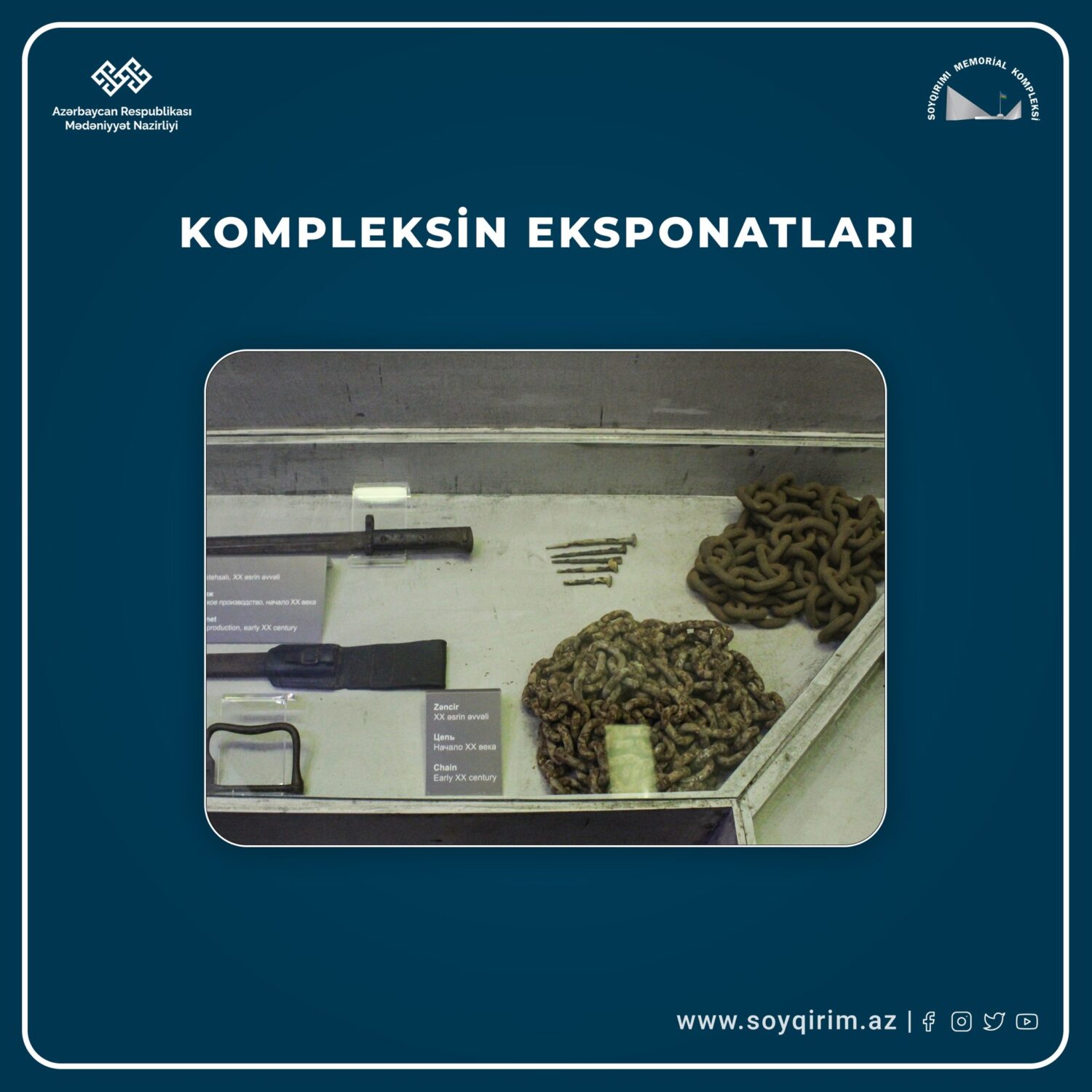
The Guba cemetery, discovered on April 1, 2007, during earthworks in the area, was a clear proof of Armenian brutality. The nails found in the skulls here indicate that those people were killed with special cruelty. These nails are preserved as visual evidence in a special corner in the complex’s museum.
Girdiman Castle

Most of the monuments located in Ismailli district belong to the history of Albania. One of these monuments is the 7th century Girdiman Castle. Girdiman Castle was built by the Albanian ruler Javanshir (642-681), who had great diplomatic and military skills. The location of the fortress in a strategically important position created the basis for the defenders to prevent the threat of attack by powerful states such as Arab, Sasanian, Khazar, Byzantine and preserve the independence of Albania. 93 historical and cultural monuments are protected in the territory of the reserve with an area of 80 hectares.
Horrifying days
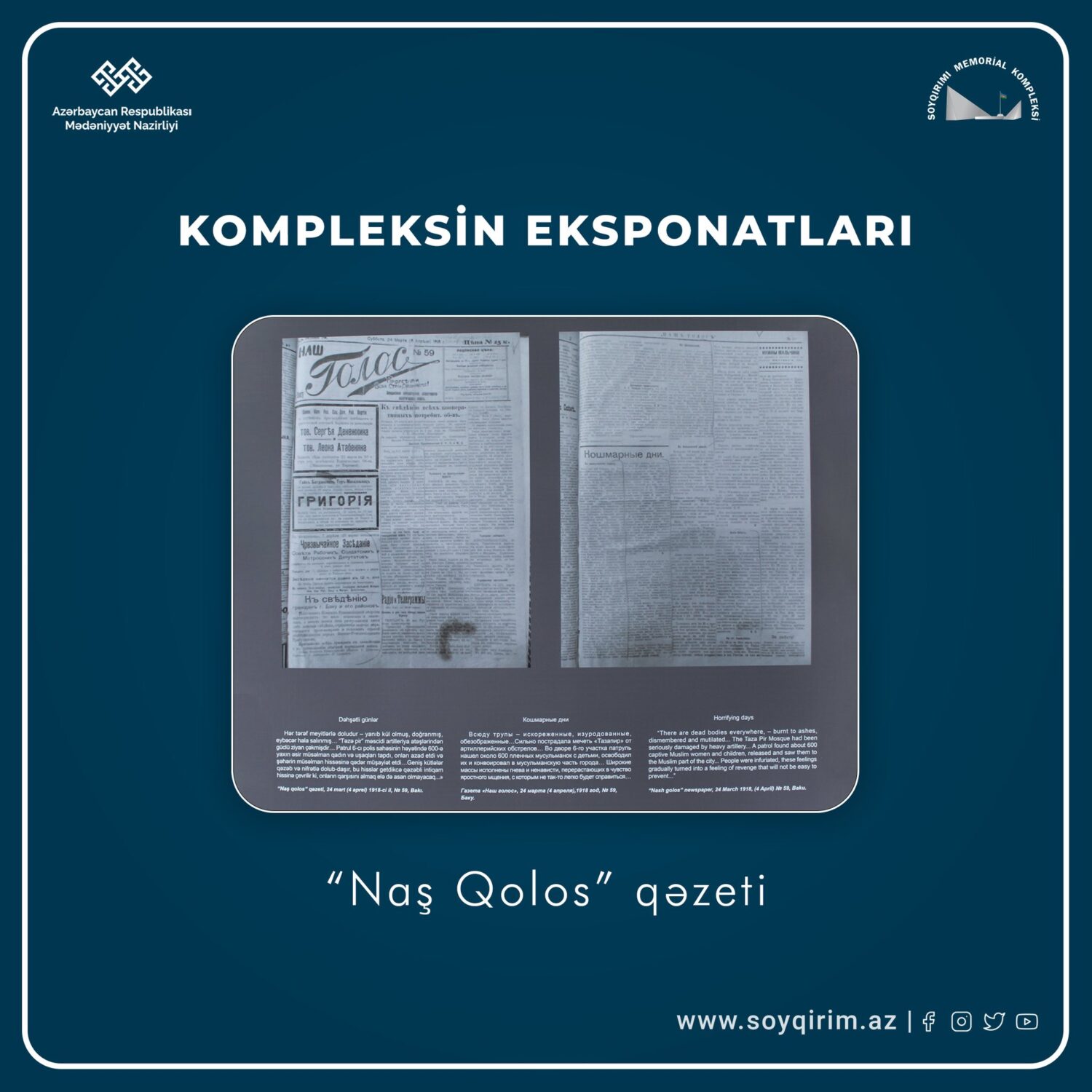
“There are dead bodies everywhere, – burnt to ashes, dismembered and mutilated… The Taza Pir Mosque had been seriously damaged by heavy artillery… A patrol found about 600 captive Muslim women and children, released and saw them to the Muslim part of the city… People were infurated, these feelings gradually turned into a feeling of revenge that will not be easy to prevent…”
“Nash golos” newspaper, 24 March 1918, (4 April) № 59, Baku.
The team of "Genocide Memorial Complex" visited the Lankaran Museum of History and Geography in Guba. The employees of the complex were welcomed by the newly appointed director of the museum, Dr. Leyla khanum Majidova, by the order of the Minister of Culture Mr. Adil Karimli.
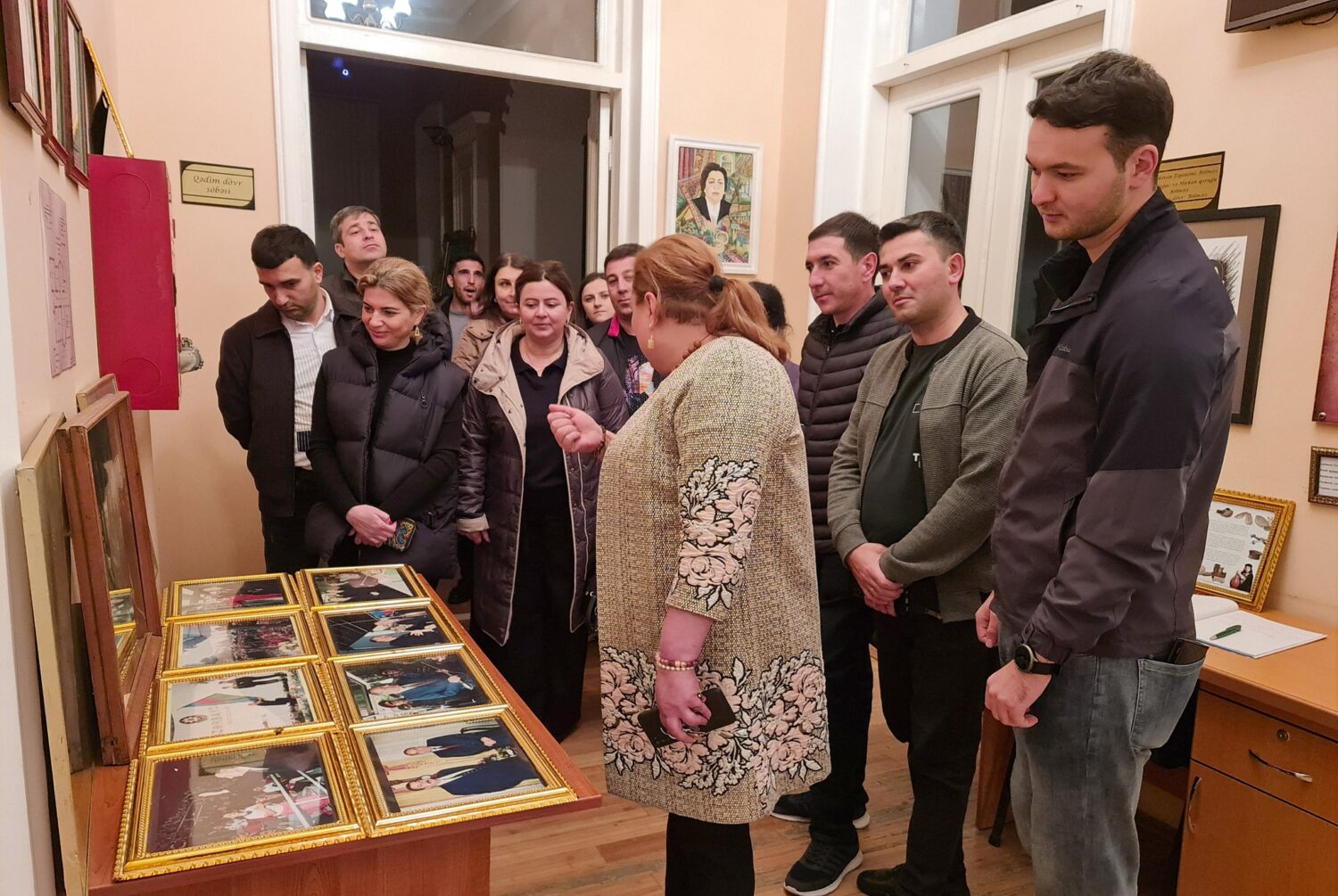
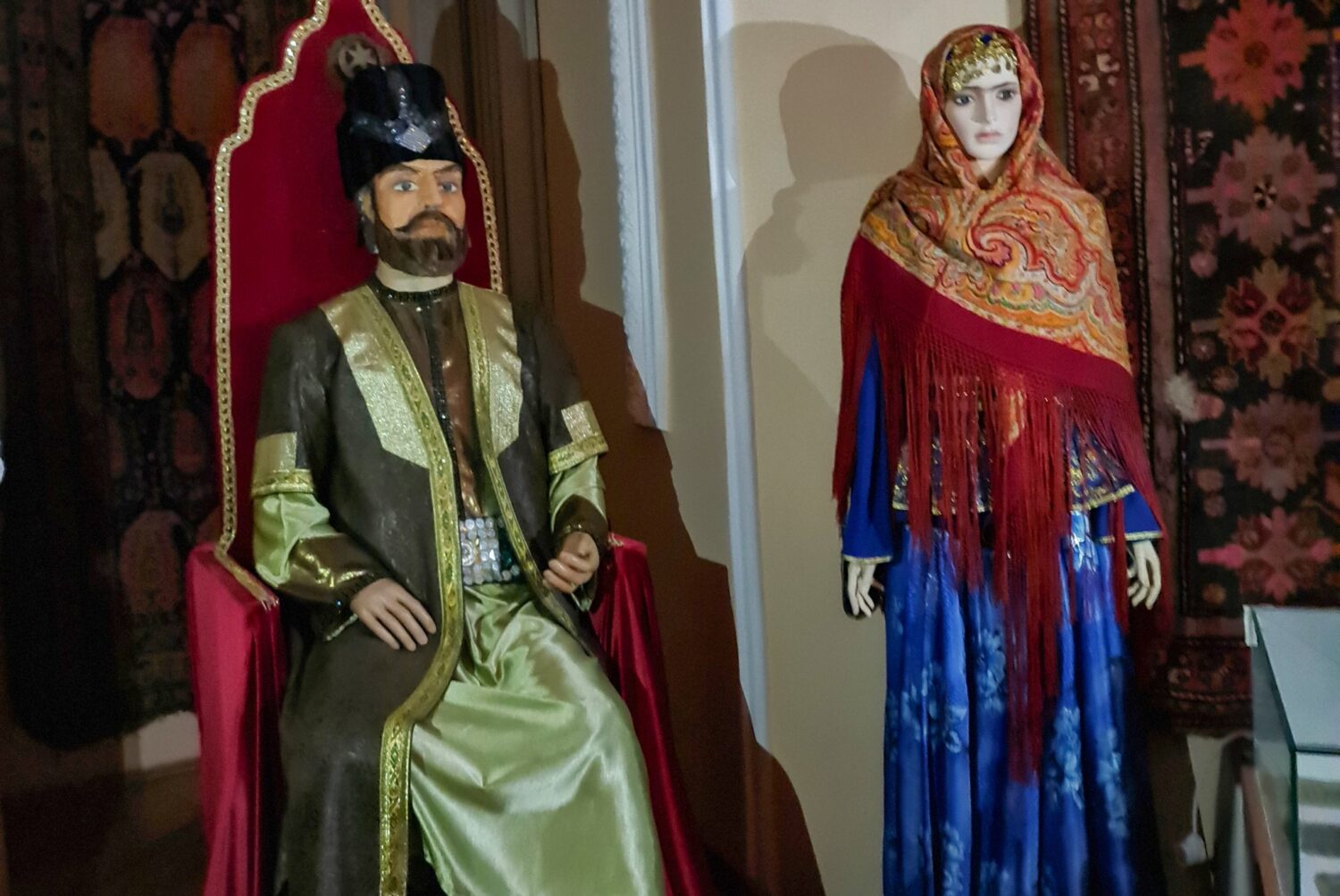
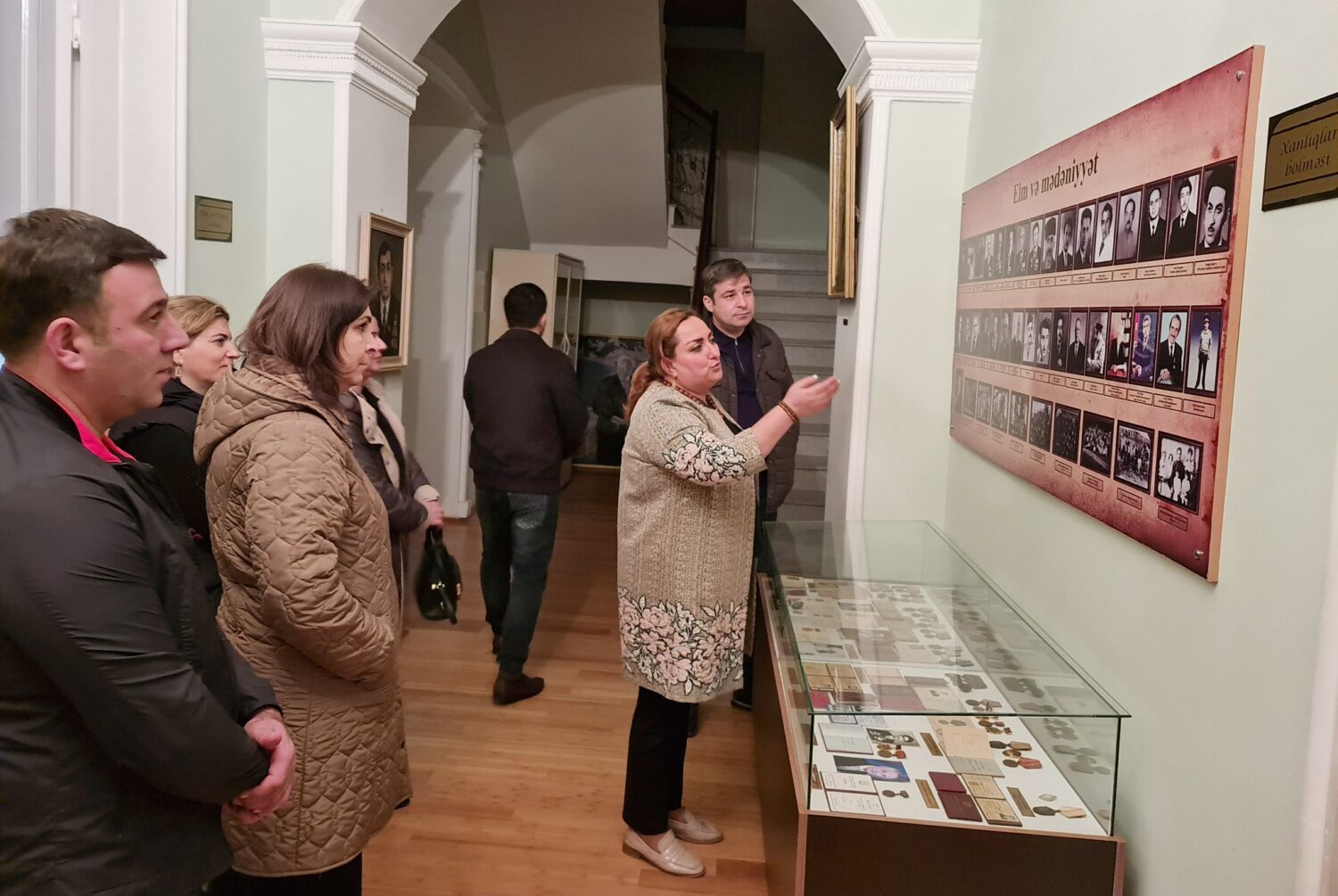
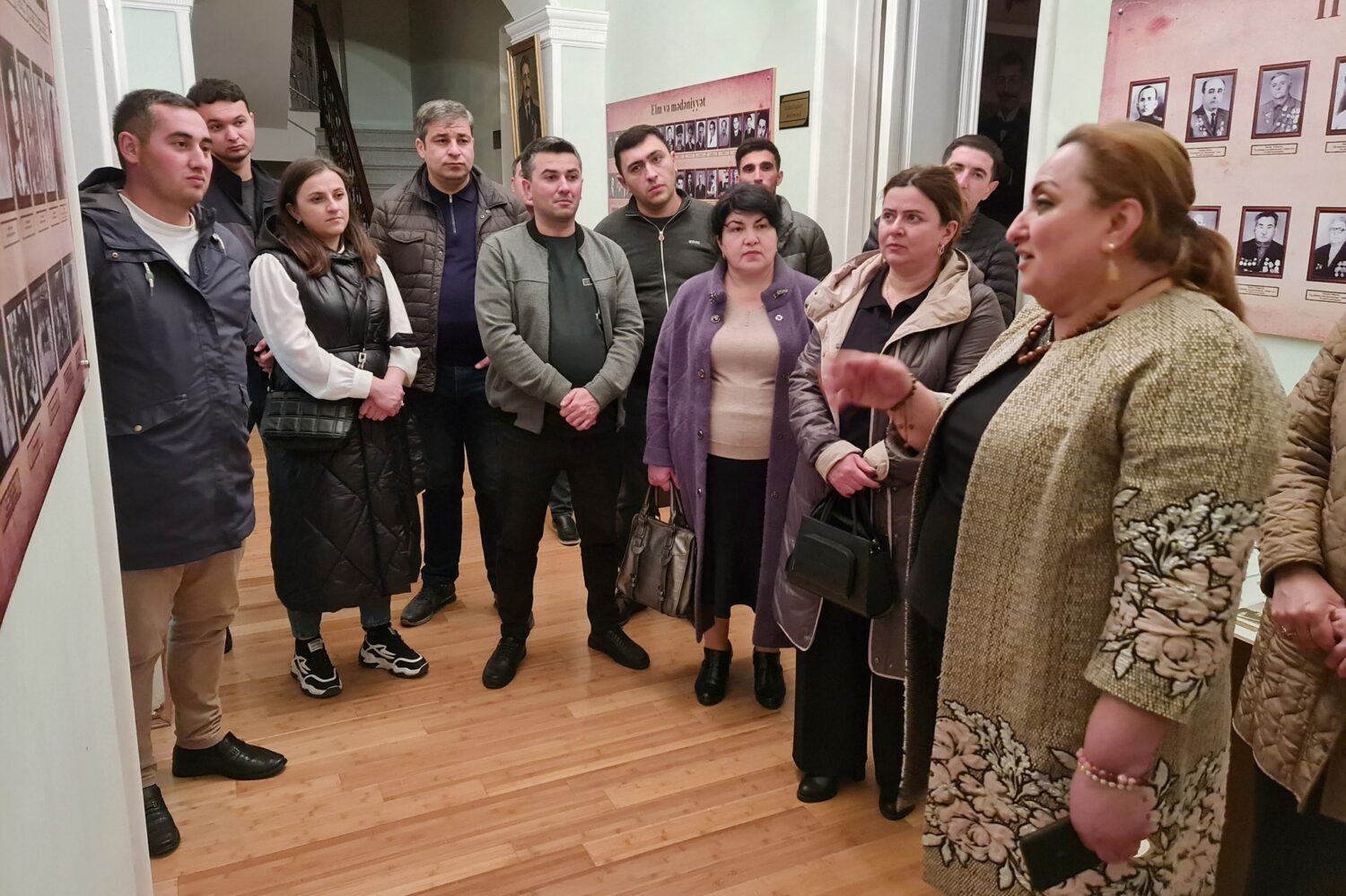
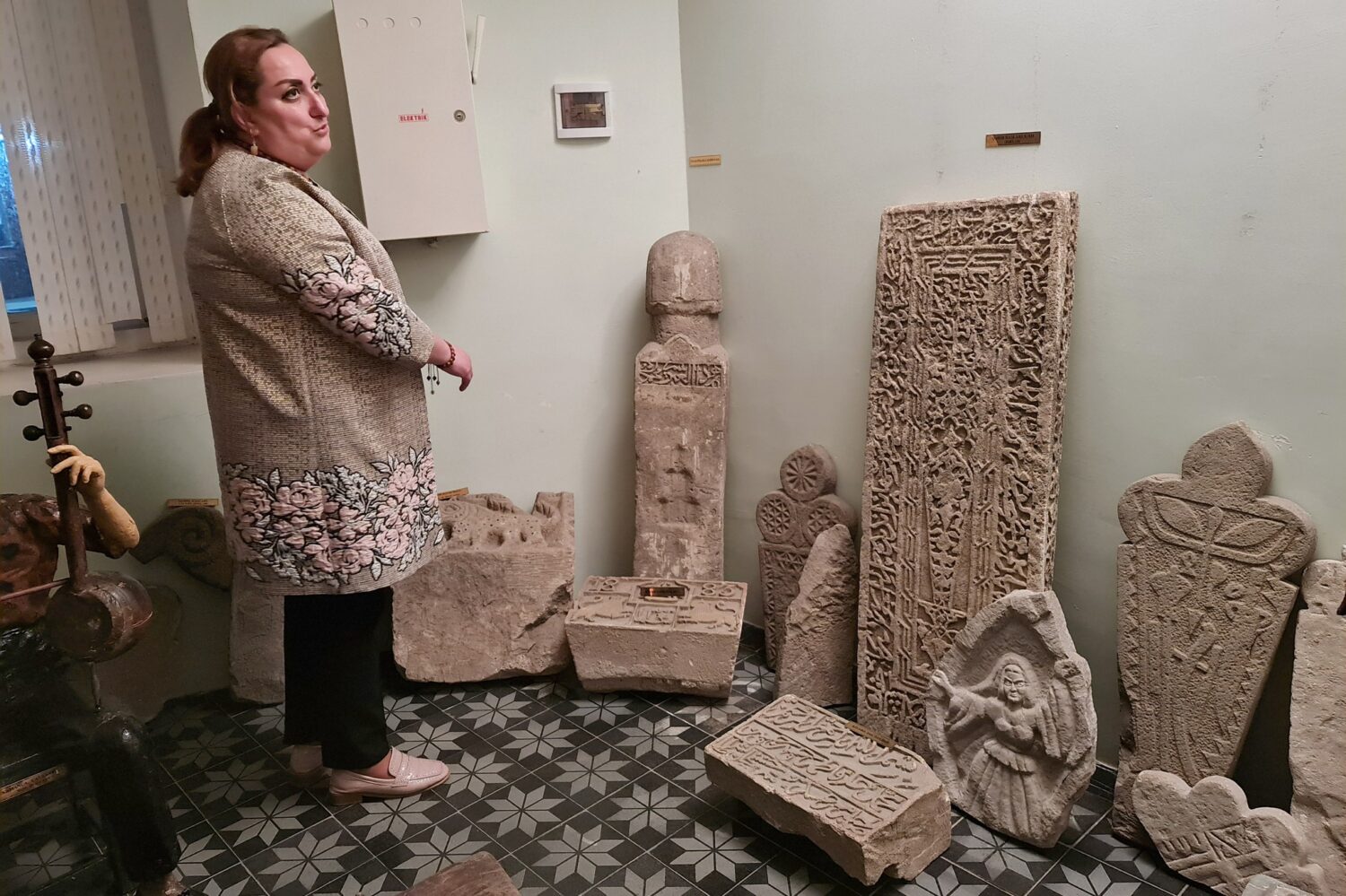
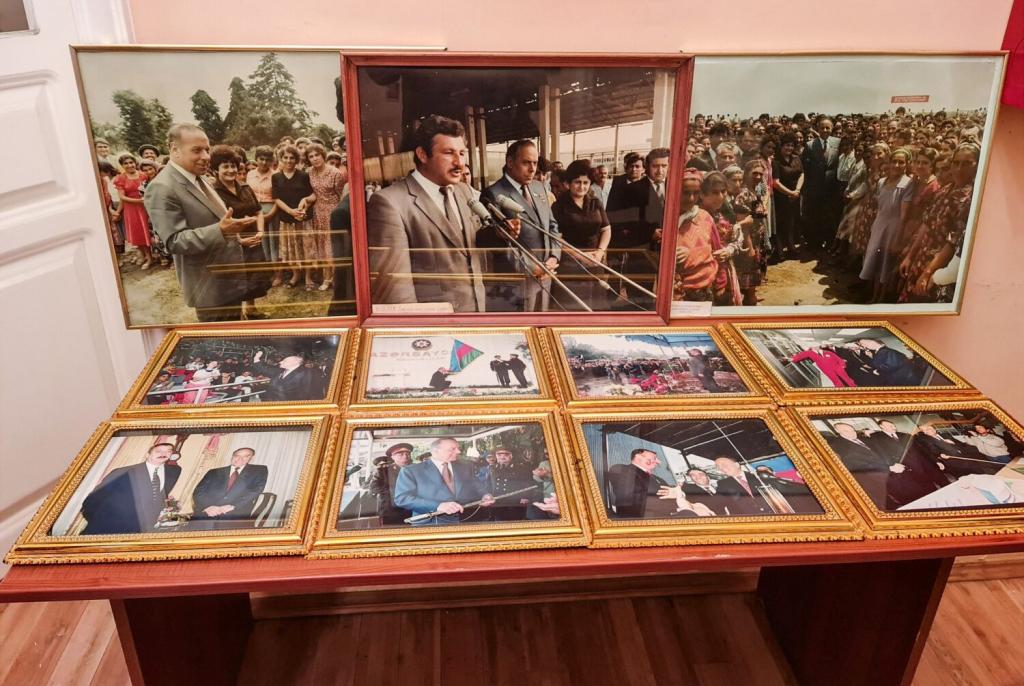
Giving detailed information about the Museum of Local History, Leyla Majidova noted that the foundation of the museum was laid by Mirza Agali Aliyev in 1934.
In the end, an agreement was reached to establish relations and hold joint events with the “Genocide Memorial Complex” and the Lankaran Museum of History and Geography in Guba.
Lankaran History and Country Studies Museum






